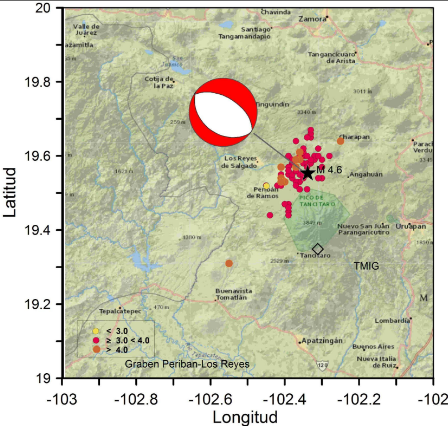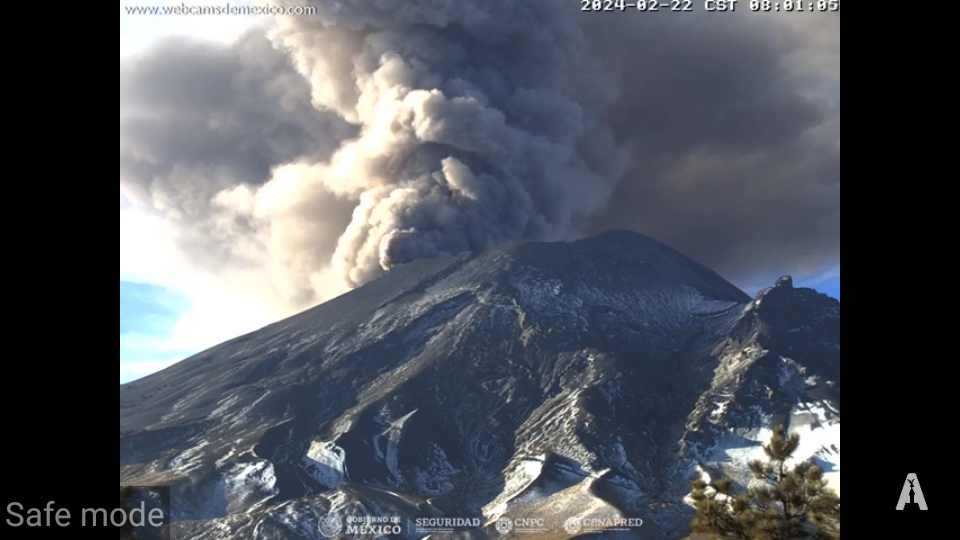- Thread starter
- #161
Just to keep everyone confused, the similarly named MErapi, over on Java, is having more energetic activity, too. (Fortunately, that's within typical limits in its ongoing eruption -- Merapi typically blows its top every 100 years or so, last in 2010 -- and no one ever goes onto the active pyroclastic flow fields when this Decade Volcano is active, which is most of the time, at a relatively low level.)
This video shows the roiling clouds of one of the series of flows this morning. It was tweeted about three hours ago. The perspective is as though we're looking over Merapi's shoulder at the action going on beyond that peak:
Otherwise, no more news on the tragedy at MArapi (on Sumatra) seems available in English online at the moment.
This video shows the roiling clouds of one of the series of flows this morning. It was tweeted about three hours ago. The perspective is as though we're looking over Merapi's shoulder at the action going on beyond that peak:
Otherwise, no more news on the tragedy at MArapi (on Sumatra) seems available in English online at the moment.




